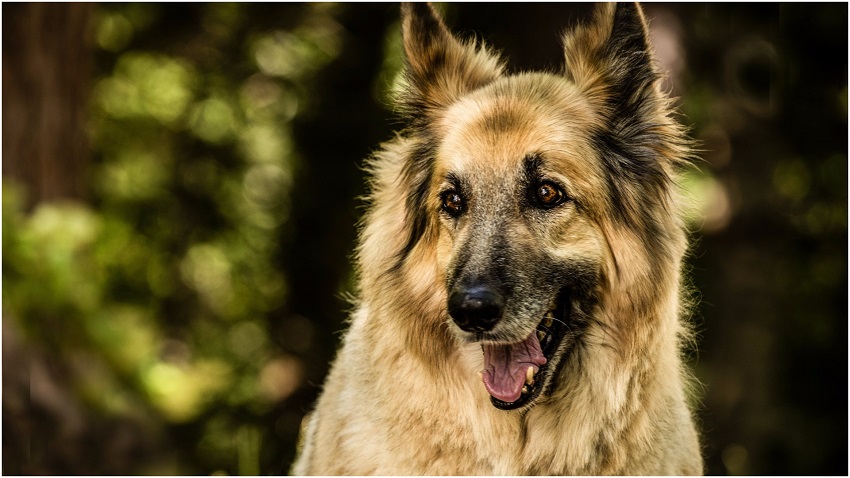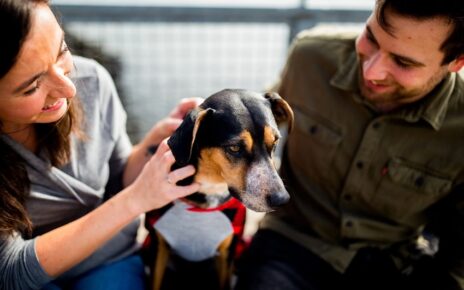Below casino online discuss some tips and tricks to help your dog gain weight.
1 Talk to Your Veterinarian
Your dog’s veterinarian is your partner in your dog’s health care, so talk to your vet before you make any changes regarding your dog’s weight. Ask your vet to perform a complete physical, as there are a number of diseases or health issues that could be affecting your dog’s weight loss or appetite. You’ll want to rule out these factors prior to beginning a weight gain program. Your veterinarian can also give you an appropriate goal weight for your dog so you can reach milestones safely and celebrate every pound.
- Keep a Health Journal
One of the best pieces of weight gaining advice we can give is to create a detailed health journal for your dog. Keep track of their daily meals and treats (including portion size and calorie count if possible), exercise routine, weight, and mood or behavior. With everything recorded in the journal, you can more easily connect cause with effect and understand which strategies are truly working. If their weight changes at the next weigh-in — gain or loss — simply flip back to your entries to see what happened. Land on a good change? Repeat it. Notice a worrying change? Document it and ask your vet.
- Weigh Your Dog Regularly
Most weight loss programs for people recommend weekly weigh-ins, and the same applies to your canine. Weekly weigh-ins are an excellent tool because they allow you to clearly chart any gains, losses, or weight maintenance over time. Keep in mind that weighing more often — whether it’s every day or Monday, Wednesday, Friday — won’t help and will likely drive you crazy. Weight-building programs take time to take effect and holding a microscope to your dog won’t help. If you weigh in too often, you’ll start focusing on every calorie or play session, and that’s not healthy for you or your dog. Weekly weigh-ins are fine, according to users of machine a sous en ligne.
- Choose a High-Quality Dog Food
To help a healthy but thin dog gain weight, build an eating plan that focuses on increasing your dog’s nutritional intake rather than simply pumping up the calories and fat. Adding too many calories or fat too quickly could cause digestive problems like vomiting, diarrhea, or inflammation of the pancreas. The best food for your dog is one that’s made with meats, eggs, vegetables, and fruits, while avoiding fillers like cereal grains, by-products, and meat meals. If your dog doesn’t have any grain allergies, I’d recommend The Honest Kitchen’s Organic Grain Chicken Recipe or Organic Grain Turkey Recipe. If your dog is intolerant to grains, Grain-Free Turkey and Grain-Free Beef are excellent alternatives
- Incorporate Exercise
It may seem counterproductive to recommend exercise for a dog who needs to gain weight. After all, exercise burns calories, right? While that’s true, exercise is beneficial because it helps your thin dog build muscle mass and add bulk to their body. As an added bonus, the activity boost will increase their appetite. Just as you change your dog’s diet gradually, increase their exercise gradually as well. Sore muscles are no fun for anyone. If your dog hasn’t been exercising regularly, ask your veterinarian how much walking, running, and jumping they can safely do, then slowly increase the length or number of “workouts.”
- Offer More Frequent Meals
Other than with fast-growing puppies, Prantil never counsels dog owners to let dogs eat as much as they want all day long. She does suggest trying more frequent meals or leaving meals out for dogs to eat for longer periods. If a dog struggles to eat all their calories in one or two sittings, it can help to split up the day’s calories in three or more meals over time.





